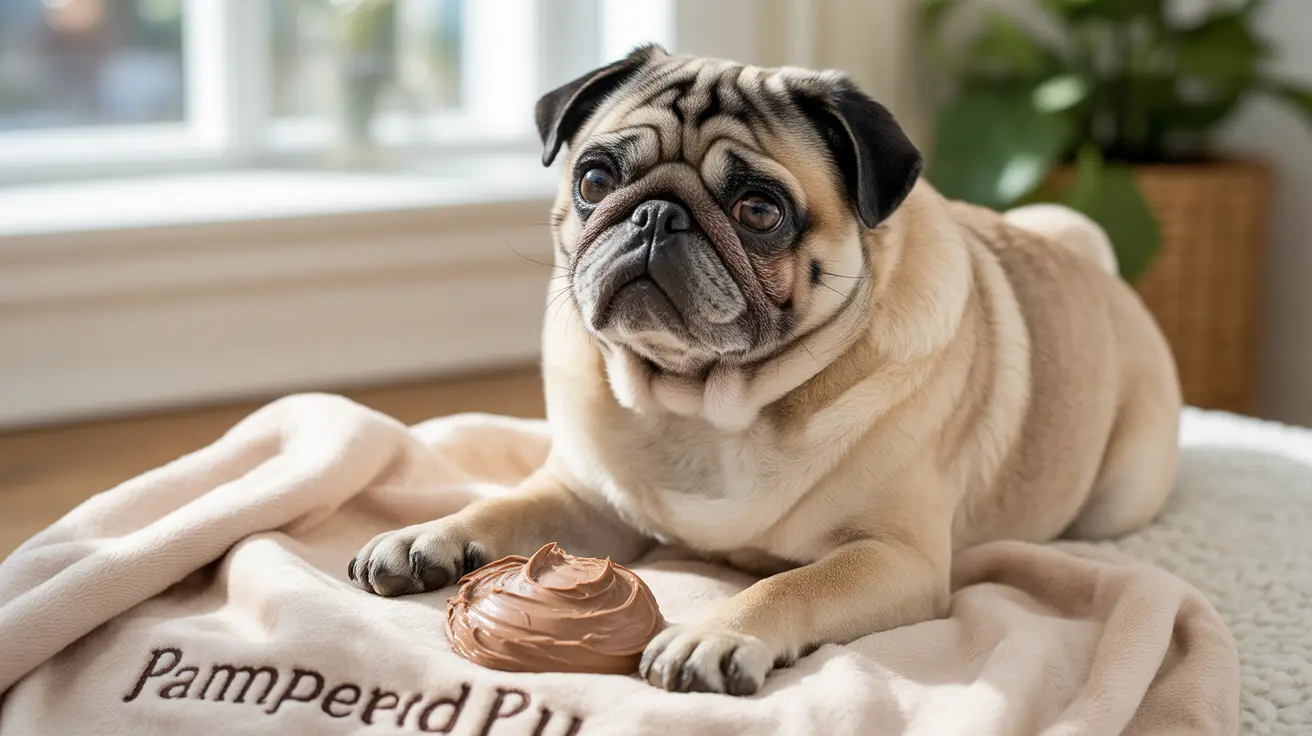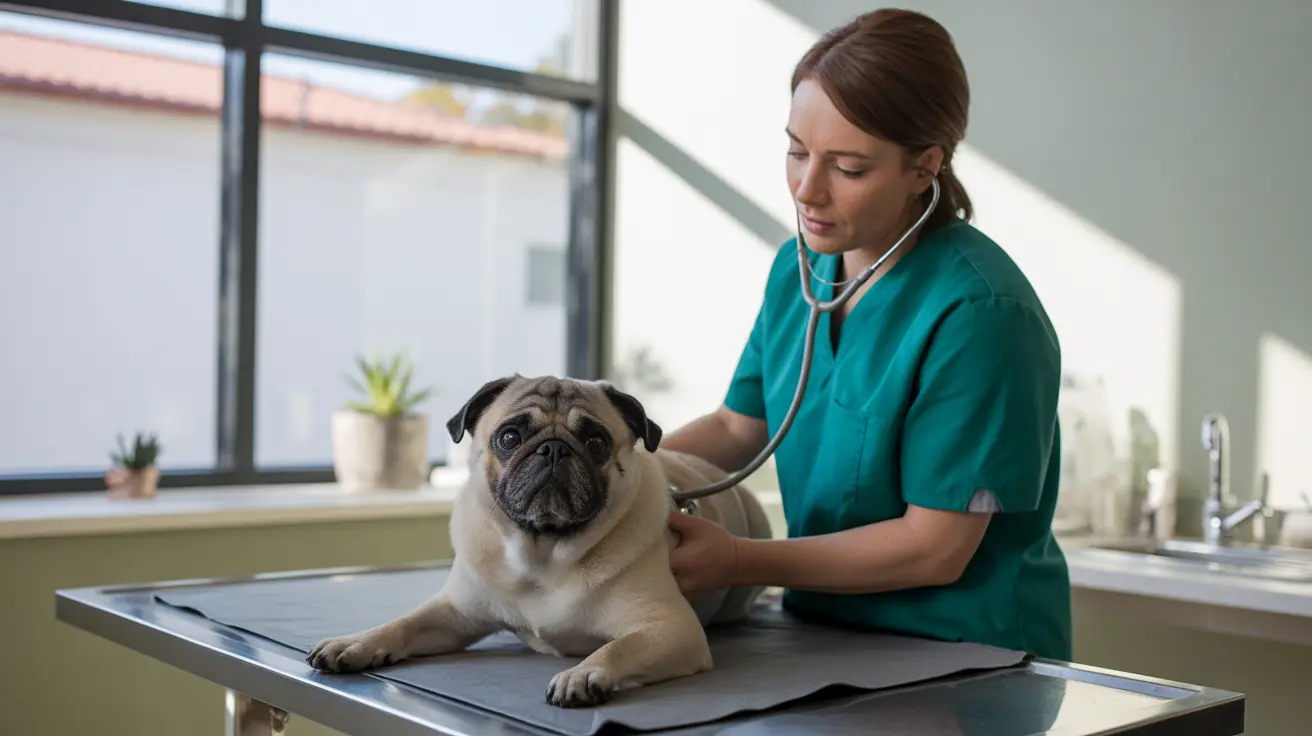Many pet owners are turning to natural moisturizers for their dogs' dry skin and paw pads, with cocoa butter emerging as a popular option. However, given that chocolate is toxic to dogs, it's natural to wonder about the safety of cocoa butter. This comprehensive guide will help you understand whether cocoa butter is safe for your canine companion and how to use it properly.
The good news is that cocoa butter is generally safe for topical use on dogs. Unlike chocolate products, cocoa butter contains only trace amounts of theobromine, the compound that makes chocolate dangerous for dogs. Let's explore everything you need to know about using cocoa butter on your furry friend.
Understanding Cocoa Butter and Its Properties
Cocoa butter is a natural fat extracted from cocoa beans. Despite its connection to chocolate, it's primarily composed of healthy fatty acids and contains minimal amounts of the problematic compounds found in chocolate. Its rich moisturizing properties make it an excellent ingredient for treating dry, rough, or cracked skin in both humans and animals.
Benefits of Using Cocoa Butter on Dogs
When used properly, cocoa butter offers several benefits for your dog's skin health:
- Deep moisturization for dry, cracked paws
- Natural protection against harsh weather conditions
- Soothing properties for irritated skin
- Rich source of vitamin E and antioxidants
- Non-greasy and easily absorbed
Safe Application Methods
To safely use cocoa butter on your dog, follow these guidelines:
- Start with a small amount on a limited area
- Apply thinly to affected areas
- Prevent your dog from licking the area immediately after application
- Monitor for any adverse reactions
- Use only pure, unscented cocoa butter or pet-specific products
When to Use Caution
While cocoa butter is generally safe, there are situations where you should exercise extra caution:
- Dogs with sensitive skin or known allergies
- Areas with open wounds or infections
- When using human-grade products with additional ingredients
- If your dog has a tendency to excessively lick applied products
Safety Considerations and Ingestion Risks
Though topical use is safe, ingestion of large amounts of cocoa butter should be avoided. While the theobromine content is minimal, consuming significant quantities could lead to digestive upset due to the high fat content. If your dog manages to ingest a large amount of cocoa butter, monitor them for signs of gastrointestinal distress and contact your veterinarian if concerned.
Alternative Options
If you're hesitant about using cocoa butter, consider these alternatives:
- Shea butter
- Coconut oil
- Commercial pet-specific moisturizers
- Paw balms designed specifically for dogs
Frequently Asked Questions
Can I put cocoa butter on my dog for dry skin?
Yes, you can safely apply cocoa butter to your dog's dry skin. It's particularly effective for rough patches, dry paws, and cracked nose pads. Apply a thin layer and monitor your dog's response.
Is cocoa butter safe for dogs to lick?
While occasional licking isn't harmful, dogs shouldn't consume large amounts of cocoa butter. The theobromine content is minimal, but the high fat content could cause stomach upset if ingested in large quantities.
How do I apply cocoa butter to my dog's paws safely?
Apply a thin layer to clean, dry paws, massaging it in well. Consider putting boots or socks on your dog for 10-15 minutes to allow absorption and prevent immediate licking.
What are the benefits of using cocoa butter on dogs?
Cocoa butter provides deep moisturization, helps heal dry or cracked skin, contains beneficial vitamins and antioxidants, and creates a protective barrier against environmental factors.
Can my dog get sick from eating cocoa butter?
While unlikely to cause theobromine poisoning, eating large amounts of cocoa butter could cause digestive issues due to its high fat content. Contact your veterinarian if your dog consumes a significant quantity.
Remember to always consult with your veterinarian before introducing any new skincare product into your dog's routine, especially if your pet has existing skin conditions or health concerns.






